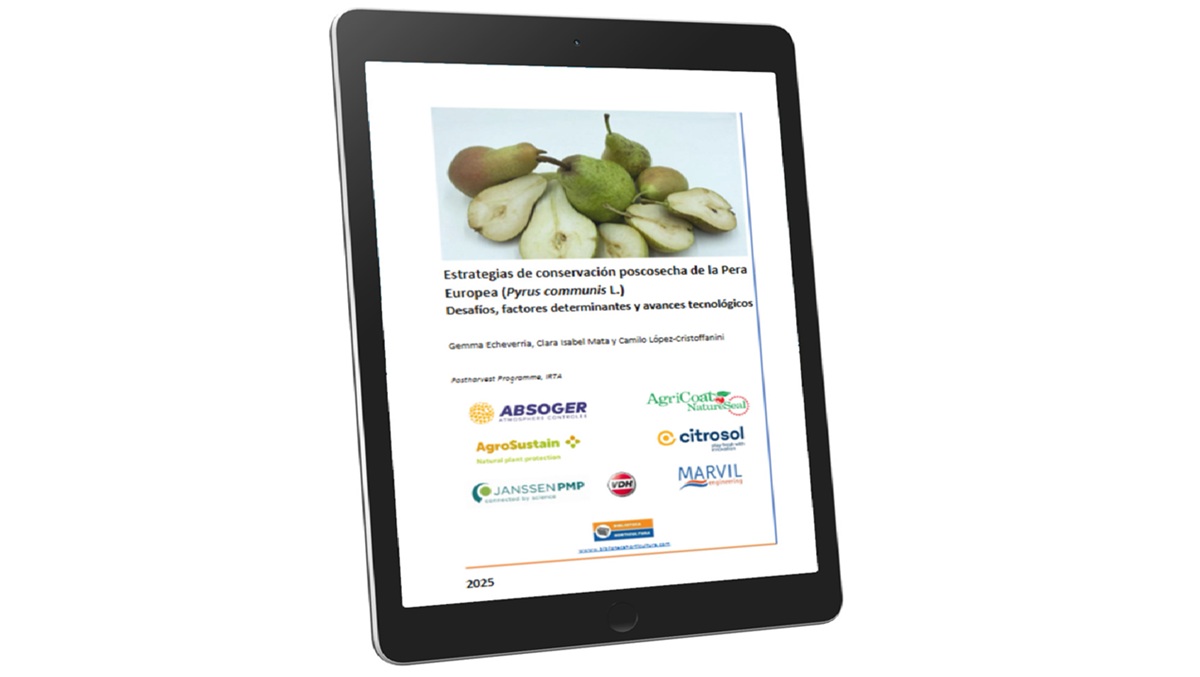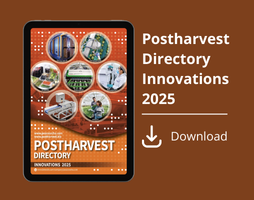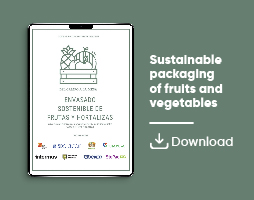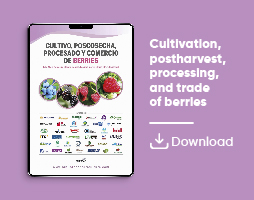Cooling and CA
Impact of Different Precooling Methods on Strawberry Storage and Quality
Evaluation, by Zhiming Chen, Jun Mei, Jing Xie, of several precooling methods for strawberries
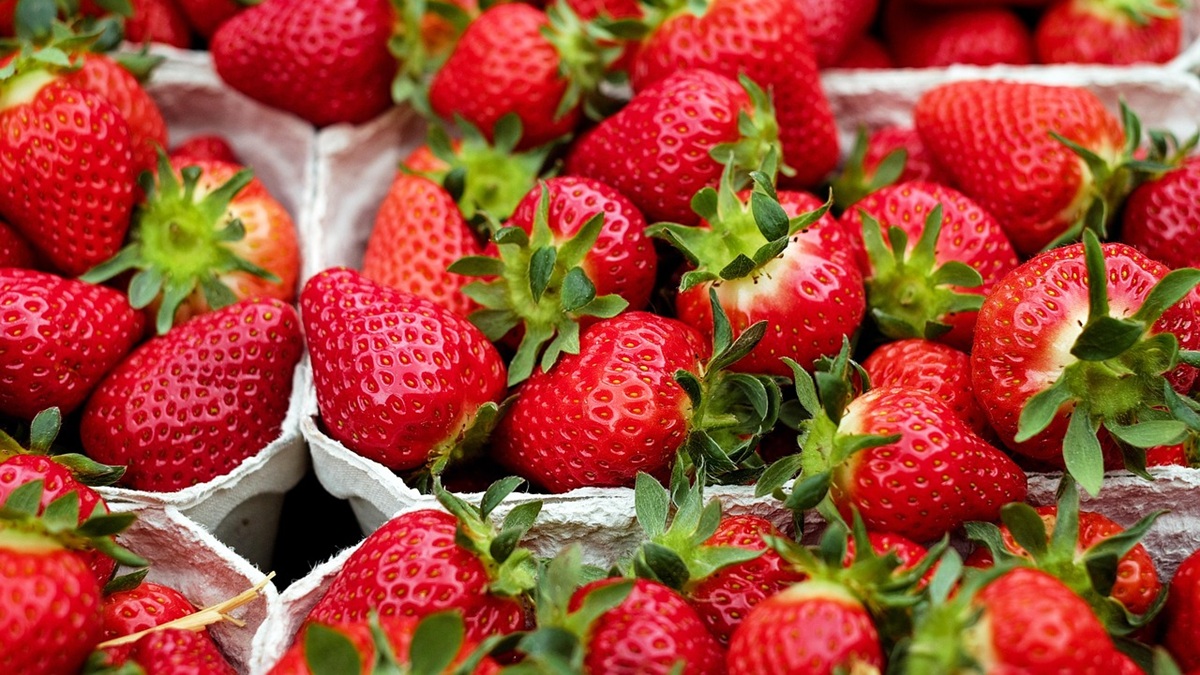
Strawberries (Fragaria vesca L.) are highly perishable fruits with a short shelf life due to their high moisture content and susceptibility to microbial spoilage. Post-harvest precooling is a crucial step in extending the shelf life of strawberries by reducing fruit decay and tissue damage. Various precooling methods have been explored to determine their effectiveness in maintaining fruit quality during storage.
In this study, six different precooling methods were evaluated for their impact on strawberry storage and quality:
-
Cold Room Precooling (CRPC): Cooling in a refrigerated room environment.
-
Cold-Water Precooling (CWPC): Immersion in cold water to lower temperature.
-
Electrolyzed Water Precooling (EWPC): Use of electrolyzed water for cooling and microbial inhibition.
-
Fluidized-Ice Precooling (FIPC): Application of fluidized ice to enhance heat exchange.
-
Forced Air Precooling (FAPC): Rapid cooling using forced air circulation.
-
Vacuum Precooling (VPC): Pressure reduction to promote evaporative cooling.
After precooling, all strawberry samples were stored at 4°C for 15 days to assess the effectiveness of each method.
Results and Discussion
Temperature Reduction and Surface Cleanliness
Among the tested methods, Forced Air Precooling (FAPC) was the most effective in rapidly reducing strawberry temperature while maintaining a clean fruit surface. This minimized microbial growth and consequently reduced spoilage rates.
Weight Loss and Color Retention
FAPC treatment significantly reduced weight loss during storage and preserved the natural color of the strawberries. Compared to other precooling methods, FAPC-treated strawberries retained their firmness and resisted browning for a longer duration.
Microbial Growth and Enzymatic Activity
The FAPC method inhibited microbial proliferation by lowering the total viable count on fruit surfaces. It also helped maintain key biochemical parameters:
-
Preserved Soluble Solids and Ascorbic Acid: FAPC effectively retained essential nutrients like sugars and vitamin C.
-
Lipid Peroxidation Control: Malondialdehyde (MDA) accumulation, an indicator of oxidative stress, was minimized in FAPC-treated strawberries.
-
Enhanced Antioxidant Enzyme Activity: FAPC increased the activities of superoxide dismutase (SOD) and catalase (CAT), which protect against oxidative damage.
-
Delayed Enzymatic Browning: The treatment suppressed the activity of polyphenol oxidase (PPO) and peroxidase (POD), enzymes responsible for browning reactions.
Shelf-Life Extension
Strawberries treated with CRPC and FAPC maintained their quality for 15 days, which was 3 days longer than strawberries treated with CWPC, EWPC, FIPC, and VPC.
Graphical abstract
Conclusion
Based on the findings, Forced Air Precooling (FAPC) is the most effective method for maintaining strawberry quality and extending post-harvest shelf life. It rapidly lowers fruit temperature, inhibits microbial growth, preserves nutritional content, and delays spoilage. The adoption of FAPC in the strawberry supply chain could significantly reduce post-harvest losses and improve product quality for consumers.

BG Door, Mobile Precool Unit cooling berries straight from the field
References
Chen, Z., Mei, J., & Xie, J. (2024). Impact of Different Precooling Methods on the Storage and Quality of Strawberries (Fragaria vesca L.). Food Quality and Safety, fyaf012. https://doi.org/10.1093/fqsafe/fyaf012
Related news
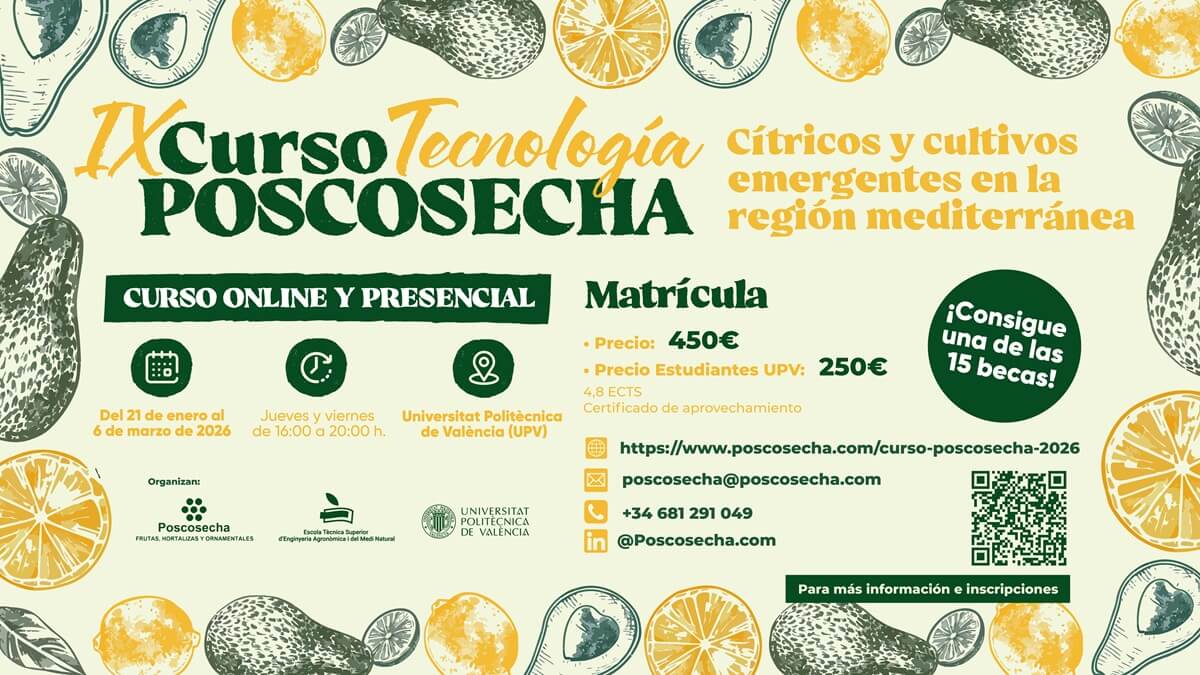


.jpg)
